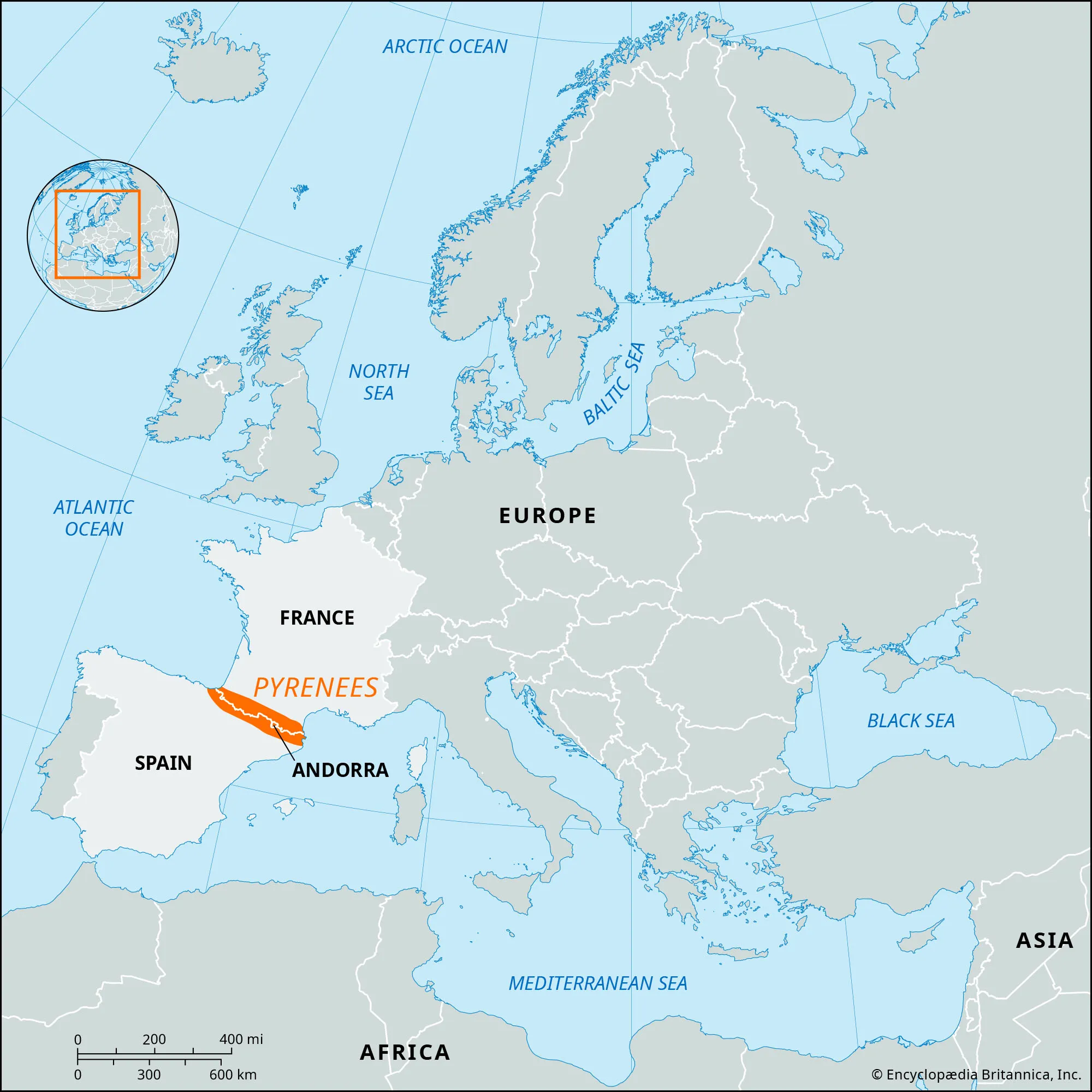Table of Contents
Human Development
Context
- The pressing issues surrounding India’s development are highlighted by two recent influential reports: the Human Development Report 2023-24 by the United Nations Development Programme (UNDP) and a study by the World Inequality Lab.
- Both reports present critical data and trends that emphasise the challenges and opportunities facing India as it approaches upcoming elections with development as a central theme.
Human Development Index (HDI) Findings
- India’s HDI Ranking: India is ranked 134 out of 193 countries in 2022, a slight improvement from 135 out of 192 countries in 2021.
- The HDI value has increased marginally to 0.644 in 2022 from 0.633 in 2021, placing India in the medium human development category.
- Long-Term Trends: Since 1990, India’s HDI value has increased by 48.4%, from 0.434 in 1990 to 0.644 in 2022.
- Regional Comparison: Despite the improvement, India still lags behind neighbouring countries like Bhutan, Bangladesh, Sri Lanka, and China.
- Gender Inequality: India improved in the Gender Inequality Index, moving from 122nd in 2021 to 108th in 2022.
- However, it still has one of the largest gender gaps in labour force participation, with a 47.8% difference between men and women.
Economic and Inequality
- Income Inequality: The World Inequality Lab report reveals significant disparities, with the bottom 50% earning only 15% of national income in 2022-23.
- The top 1% earn 23 times the national average, while the richest 10,000 individuals earn 2,069 times the average.
- Middle Class and Economic Growth: Income growth for the top decile significantly outpaces the rest of the population, suggesting a shrinking middle class and increasing economic polarisation.
- Household Debt and Savings: Household debt reached 40% of GDP by December 2023, with net financial savings at a low of 5.2% of GDP.
- The rapid growth in unsecured personal loans and other forms of debt underscores the financial strain on Indian households.
Development Implications and Policy Recommendations
Implications
- Slowed Economic Growth: High inequality and low income for the majority of the population limit overall consumption and economic demand. This can lead to slowed growth and stagnation.
- Hindered Human Development: Low HDI scores and persistent inequality create a cycle where a large portion of the population lacks the resources and opportunities to reach their full potential.
- Social Unrest and Instability: Wide income gaps and lack of opportunity can breed social discontent, potentially leading to unrest and instability.
- Weakened Democracy: Economic inequality can diminish the overall strength of democratic institutions when large segments of the population feel excluded from the benefits of the system.
Recommendations
- Focus on Human Development: Prioritise strategies that directly improve health, education, and living standards as a core component of the economic growth model.
- Address Inequality: Implement policies that reduce the income and wealth gap. These could include progressive taxation, investments in social safety nets, and measures to promote more equitable access to resources.
- Additionally, create an environment that promotes decent work and better livelihoods, addressing issues like labour rights and secure employment.
- Encourage Broad-Based Growth: Support policies that generate inclusive growth, ensuring that the benefits of economic development are shared more widely across society.
- Use robust data and evidence to monitor progress, identify gaps and make informed policy decisions.
India – 3rd Largest Producer of Solar Power
Context: According to a “Global Electricity Review” report from Ember, India became the third-largest solar power producer in the world in 2023, surpassing Japan.
Key Statistics
- Solar Power Production: In 2023, India produced 113 billion units (BU) of solar energy, overtaking Japan, which produced 110 BU.
- Installed Power Capacity: India ranks 5th globally with an installed capacity of 73 gigawatts (GW) for all energy sources combined.
- Japan, which ranks third, has a higher installed capacity of 83 GW.
Analysis of Energy Production
- Despite a high installed capacity, there is a significant gap between potential output and actual energy production.
- For example: Solar power constitutes 18% of India’s total installed electricity capacity of 442 GW but accounts for only 6.66% of the actual power produced.
- This discrepancy highlights inefficiencies and the variable nature of solar energy production.
- Japan’s power demand decreased by 2% in 2023, contributing to India’s advancement in the rankings.
- The future trend of these statistics remains uncertain, particularly whether India could challenge the United States, which is currently the second-largest solar producer requiring India to more than double its solar production to exceed 228 BU.
- For example: Solar power constitutes 18% of India’s total installed electricity capacity of 442 GW but accounts for only 6.66% of the actual power produced.
Global Context
- World Leader in Solar Power: China leads global solar production with 584 BU in 2024, significantly more than the combined output of the next four leading countries: the United States, Japan, Germany, and India.
- Global Renewable Energy Trends: Renewable energy sources contributed to 30% of global electricity in 2023, up from 19% in 2000.
- This increase is mainly driven by the growth in solar and wind energy production.
- China notably led the expansion in 2023, being responsible for 51% of the new global solar generation and 60% of the new global wind generation.
- Low-Carbon Energy Production: Combining nuclear power with renewables, nearly 40% of the world’s electricity was generated from low-carbon sources in 2023.
Future Outlook
- Ember predicted a decline in fossil fuel generation in 2024, suggesting that 2023 might mark the peak year for fossil fuel production globally.
- This aligned with the accelerating adoption of renewable energy sources, particularly solar power, which is growing faster than anticipated.
Pyrenees Mountains
Why in the News?
France’s President is hosting China’s Leader at a remote mountain pass in the Pyrenees for private meetings after a high-stakes state visit in Paris dominated by trade disputes and Russia’s war in Ukraine.

About Pyrenees Mountains
- The Pyrenees Mountains are a mountain range located in southwestern Europe, acting as a natural boundary between Spain and France.
- Formed by the collision of the Iberian microcontinent and the Eurasian plate, the Pyrenees are classified as fold mountains.
- Older than the Alps, the Pyrenees stretch approximately 500 km from the Mediterranean Sea in the east to the Bay of Biscay in the west.
- The width of the range varies from about six miles at the eastern end to 80 miles at its central part.
- Politically, the range is divided into the Spanish Pyrenees and the French Pyrenees, with the small nation of Andorra nestled between them in the eastern section.
- The Pyrenees serve as a divider, separating the Iberian Peninsula from the rest of continental Europe.
- The range connects with the Cantabrian Mountains at its western extremity, which are located in the northern part of the Iberian Peninsula.
- Aneto Peak, situated in Spain, is the highest point in the Pyrenees, standing at 3,404 metres above sea level.
Arecanut
Why in the News?
Tirthahalli areca emerges as the best variety among nuts grown in Karnataka.
About Arecanut
- The arecanut palm produces the chewing nut known widely as betel nut or supari.
- Arecanut is a significant commercial crop in India, which is the largest producer and consumer of this nut.
- The primary Indian states that grow arecanut include Karnataka (accounting for 40% of production), Kerala (25%), Assam (20%), Tamil Nadu, Meghalaya, and West Bengal.
- Arecanut cultivation is generally restricted to regions 28º north and south of the equator.
- Optimal temperature for growing arecanut ranges from 14ºC to 36ºC.
- The crop predominantly thrives in gravelly laterite and red clay soils but can also be cultivated on fertile clay loam soils.
- However, it does not grow well in sticky clay, sandy, alluvial, brackish, or calcareous soils.
- Arecanut requires an annual rainfall of at least 750 mm for successful growth.
- This crop can be cultivated at altitudes up to 1000 metres above sea level.
Gaia BH3
Why in the News?
Recently, astronomers have discovered a massive Black Hole in our Galaxy, named “Gaia BH3”.
About Gaia BH3
- It’s the 2nd-closest known Black hole to Earth.
- It is 33 times heavier than the sun and the most massive black hole of stellar origin in the Milky Way, surpassing Cygnus X-1
Examples, Case Studies and Data
- Terrorism (GS 3): Recently, India has donated $500,000 to the U.N. Counter-Terrorism Trust Fund, highlighting its commitment to global counter-terrorism efforts.
- The Trust Fund, established in 2009 and now managed by the N. Office of Counter-Terrorism (UNOCT) since 2017, supports initiatives under the United Nations Global Counter-Terrorism Strategy.
- These initiatives include the Countering Terrorist Travel Programme (CTTP) launched in 2019, which helps UN member states detect and counter terrorist activities by utilising Advanced Passenger Information and Passenger Name Record data.
- Another focus area is the Countering Finance of Terrorism, initiated in 2020, which addresses issues like protecting the non-profit sector, enhancing financial intelligence sharing, and fostering public-private partnerships as identified by the Financial Action Task Force.
- Both CTTP and CFT are particularly aimed at boosting the counter-terrorism capacities of states in eastern and southern Africa.


 GPS Spoofing and Its Impact in India: A ...
GPS Spoofing and Its Impact in India: A ...
 Amrit Gyaan Kosh Portal: A Comprehensive...
Amrit Gyaan Kosh Portal: A Comprehensive...
 UpLink Initiative: Launched by World Eco...
UpLink Initiative: Launched by World Eco...





















